Anticipating the customer by following its data footprint
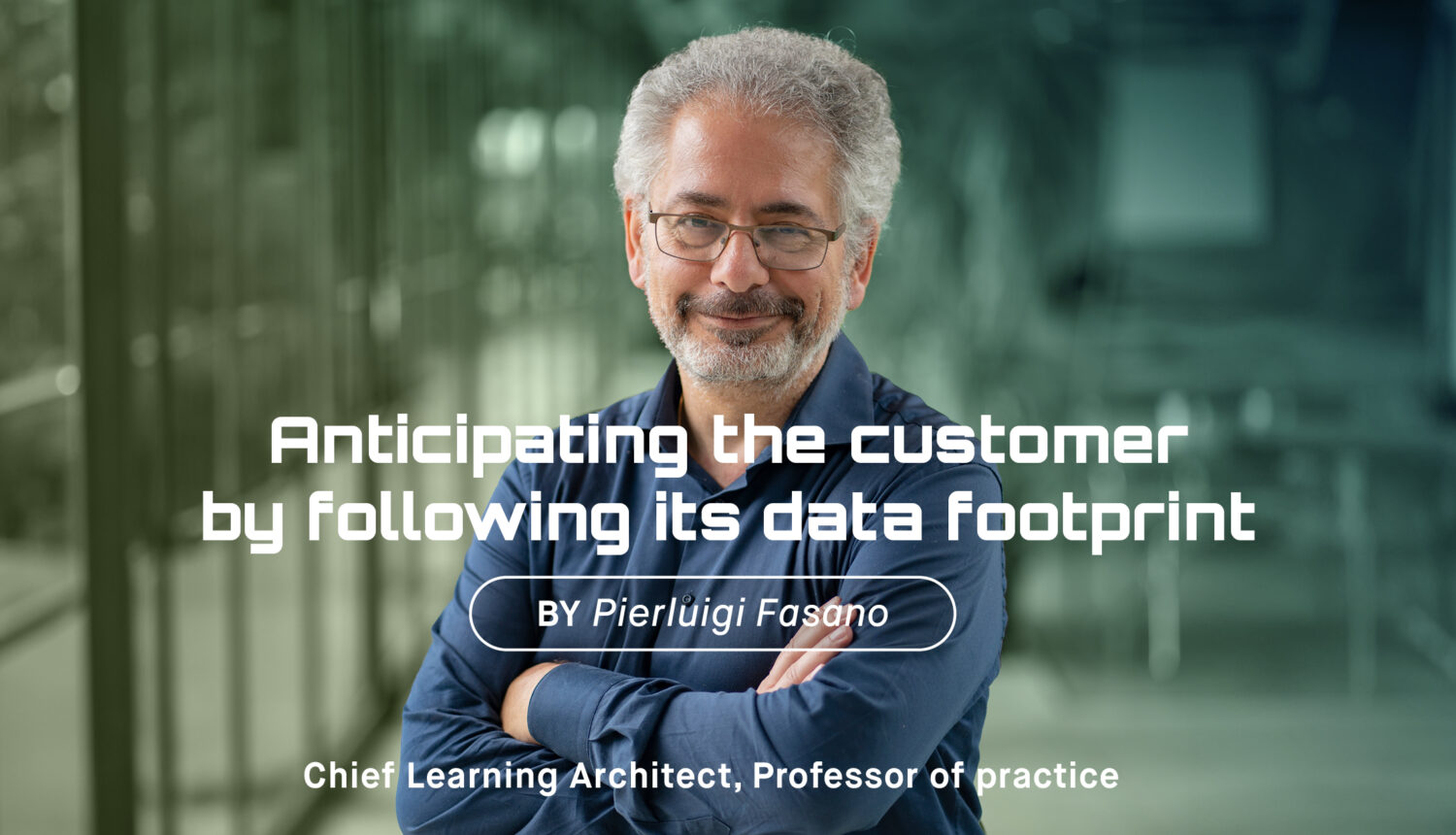
What does it mean to become a data-driven company?
At H-FARM College we ask this question in many of our programmes. This is also the central question within our curricular course “Big Data & AI in business”, where students have to pick one out of several case studies of companies that transformed their way of doing business by adopting big data and AI.
A particularly interesting case is that of Netflix where decisions being data-driven is the foundational religion and the practice of how they track, measure and act on every single datapoint collected. Let’s be honest, most of the time at school or college you shoot for the answers and hope for the best! However, at H-FARM College, we love digging a little deeper and also love questions. Half of the solution starts with the right questions and the problem formulation. This most certainly applies to Netflix.
Their AI efforts are driven by fundamentally simple but meaningful questions:
- What titles do you prefer to watch?
- What titles do we recommend?
- Which existing titles are comparable and in what ways?
- What audience size can we expect and in which regions?
To understand the power of these questions and the impact, this is the type of process driving the transformation of Netflix from distributor to content producer. Netflix started to look at every single bit of data potentially holding a small piece of those answers. How long are you looking at that movie icon? Why did you not click on it? What is the thumbnail picture capturing most of the attention? What type of people are interested in what kind of content?
At Netflix, the data collection and associated analysis is paramount, as important as shooting the new series or writing the script of the next show. This data is feeding the content decision makers with a clear picture allowing them to take the best decisions, at the fastest speed possible and lowering the risk of failure.
This is exactly the process our students learn at the “Big Data & AI in business” course.
Umberto Eco, author of the famous book: “The name of the Rose”, tells of a famous exchange between the Franciscan friar William of Baskerville and Adso of Melk, a Benedictine novice. William’s lesson to Adsocan is condensed into the advice:
“In order to get good answers, you need to ask good questions”.
At H-FARM College, this is a lesson we really hope our students drive home.
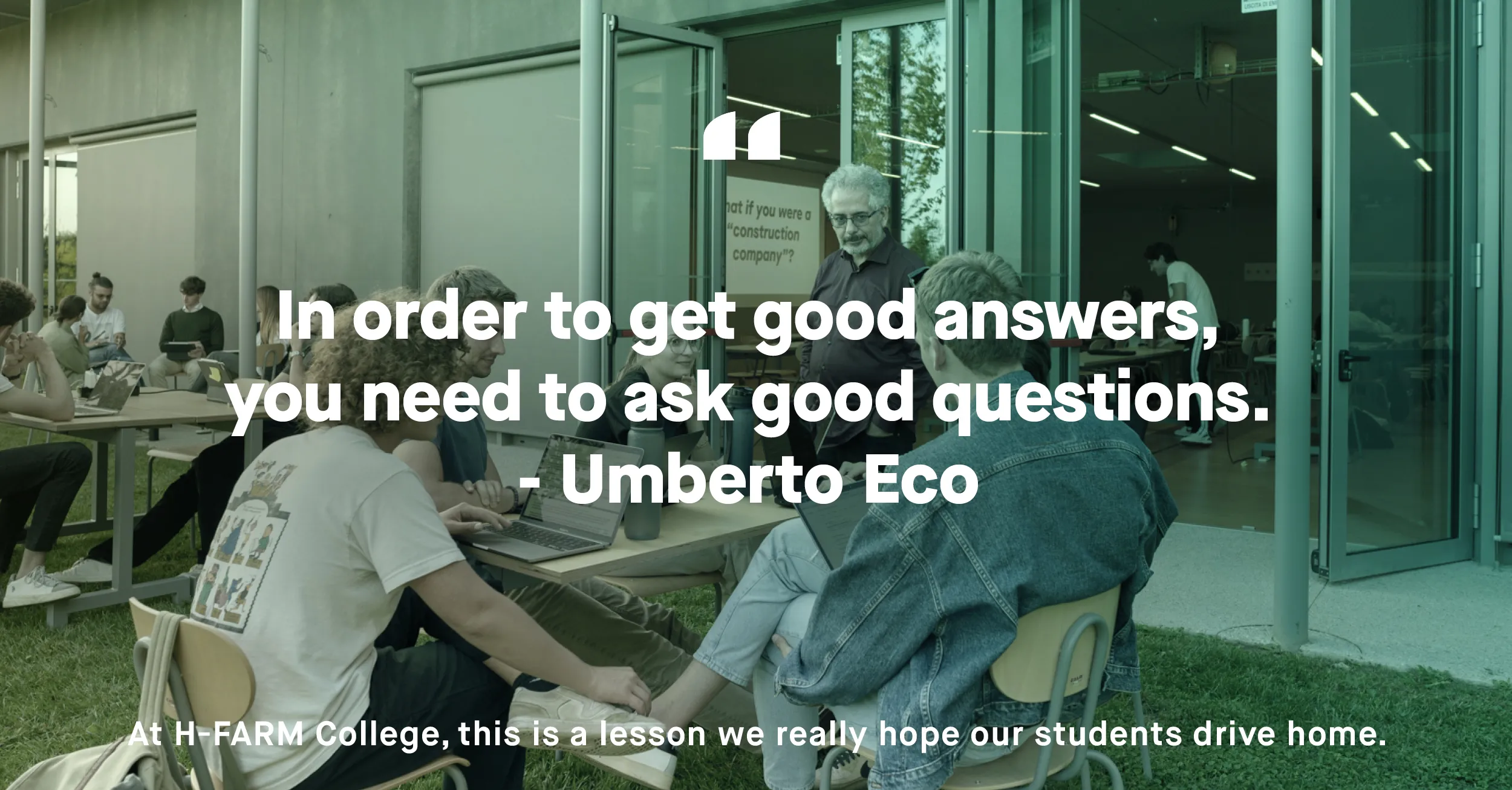
The data often holds the truth but you need to ask the right questions to discover it! While this sentence is very true with big data and explains why our students need to learn the importance of ‘framing the problem’, it is perhaps even more true when looking at the explosion of prompt engineering.
An entire new field of expertise is developing around “how to ask good questions of AI in order to generate more precise and useful answers”. This is why, at H-FARM College, we also provide an enhancing course specifically on “Generative AI”.
The next step for our students is to create robust links between usage of data and AI to allow for value generation. They dig into the business model, understanding the value generation levers (customer delight, efficiency, and growth) and they need to reduce the complexity down to the most relevant information. For example, when considering the Netflix recommendation system, students must understand and value and the business impact.
No matter how shiny a new tech, students learn to distinguish between relevant innovation and everything else grounding their evaluation to figures. In this case, for example, the information that “the Recommendation Engine market was valued at USD 2.12 billion in 2020, and it is expected to reach USD 15.13 billion by 2026, registering a CAGR of 37.46% during the period of 2021–2026” is giving them a clear indication of the relevance in business terms.
At that point they can confidently build the entire chain from the customer problem, the data, the processing through AI and the business value generated.
Are you interested in joining us in anticipating the customer by following its data footprint?
If you wish to get the right answers in life, then consider asking yourself the right question: “Why am I not looking at H-FARM College today?”
Pierluigi Fasano, Chief Learning Architect, Professor of Practice
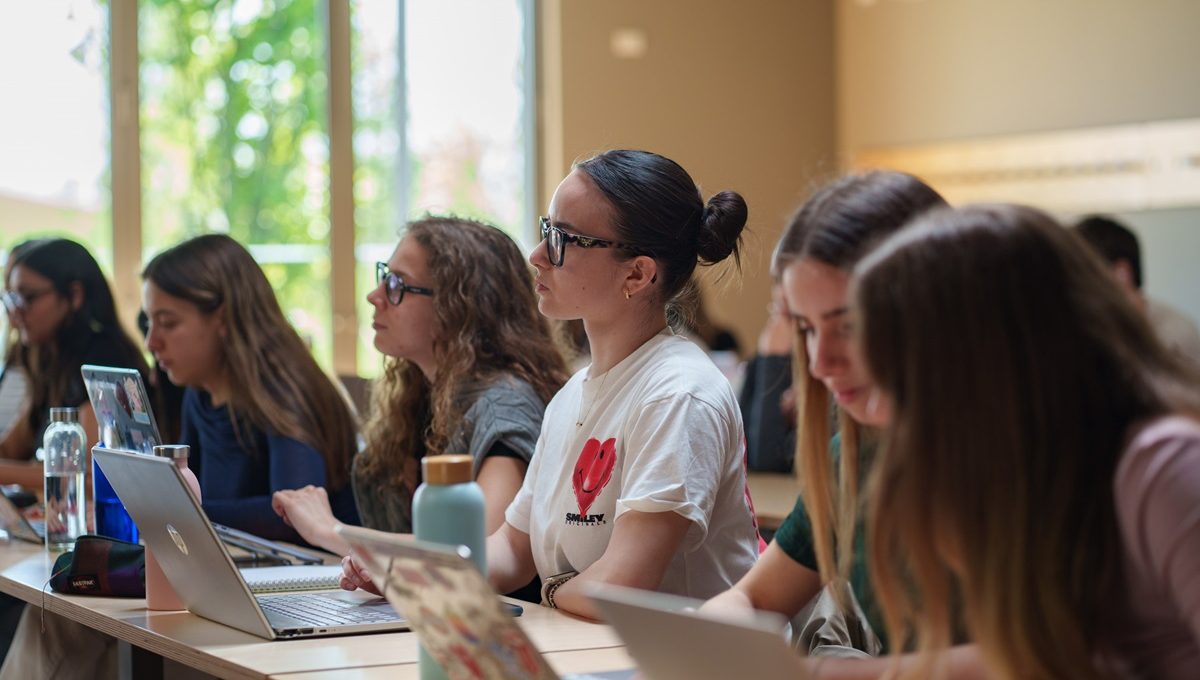



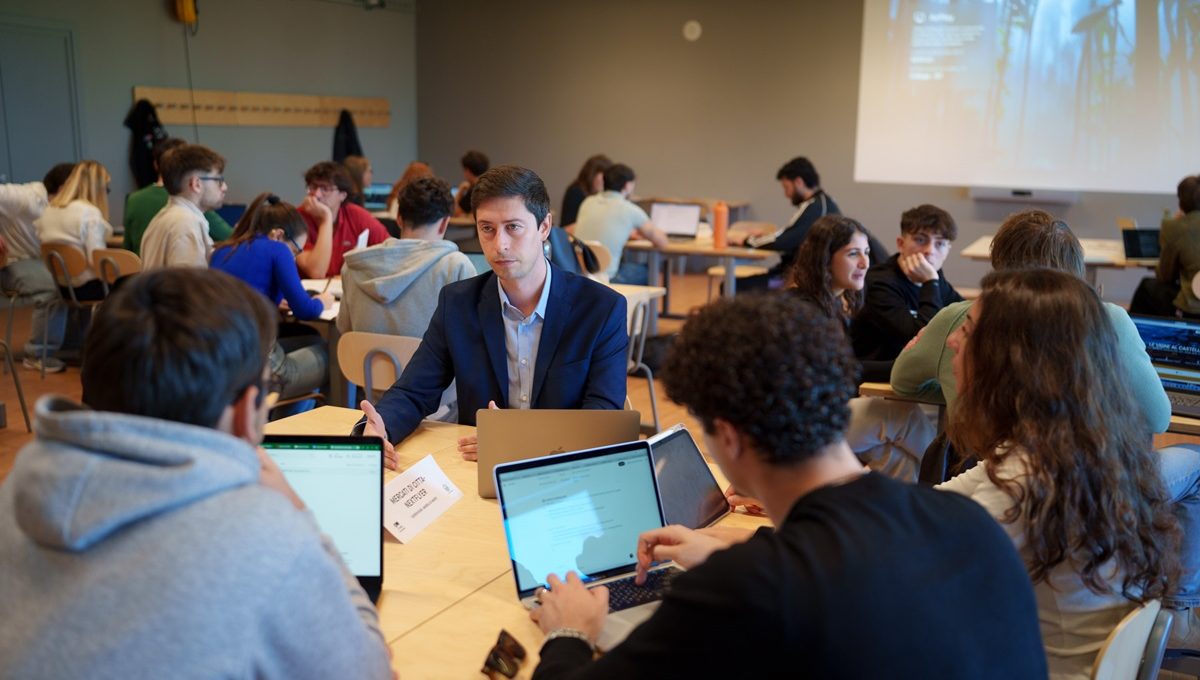
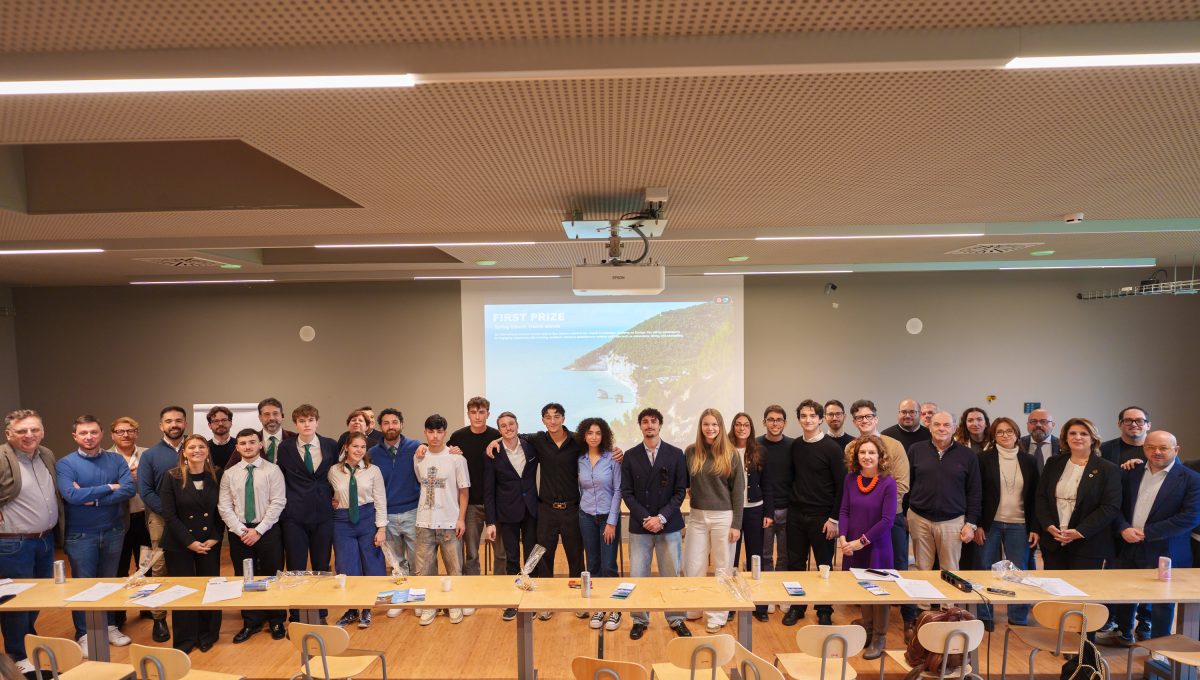
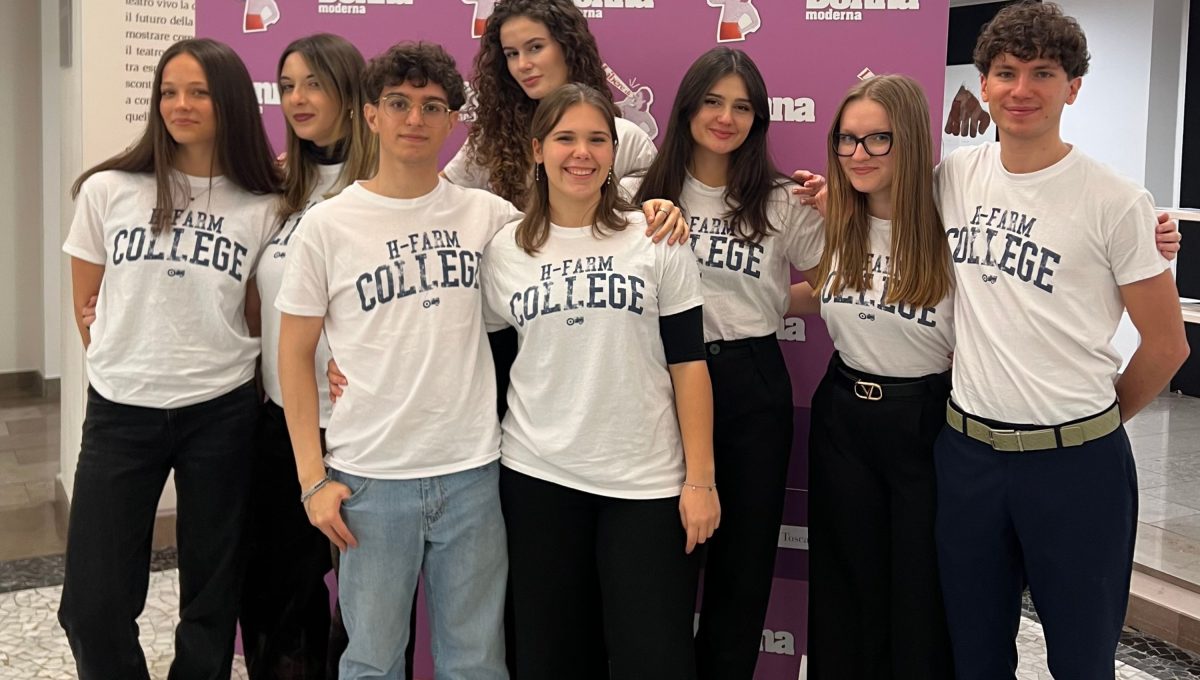

 Back
Back
